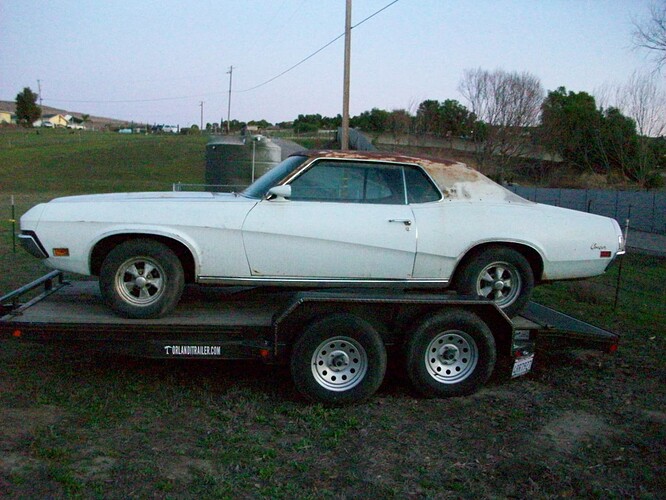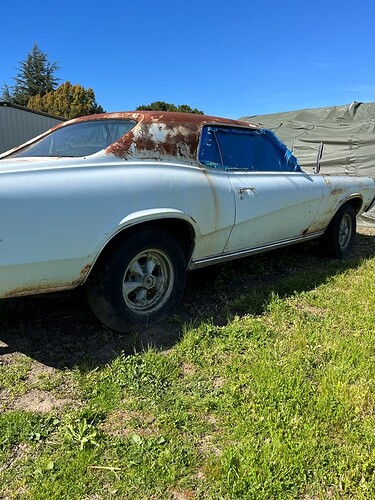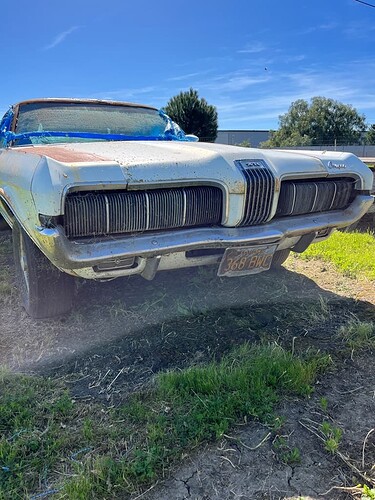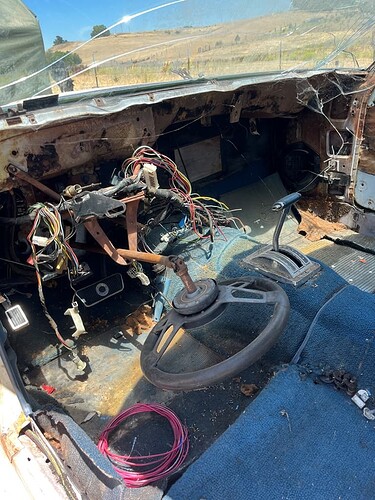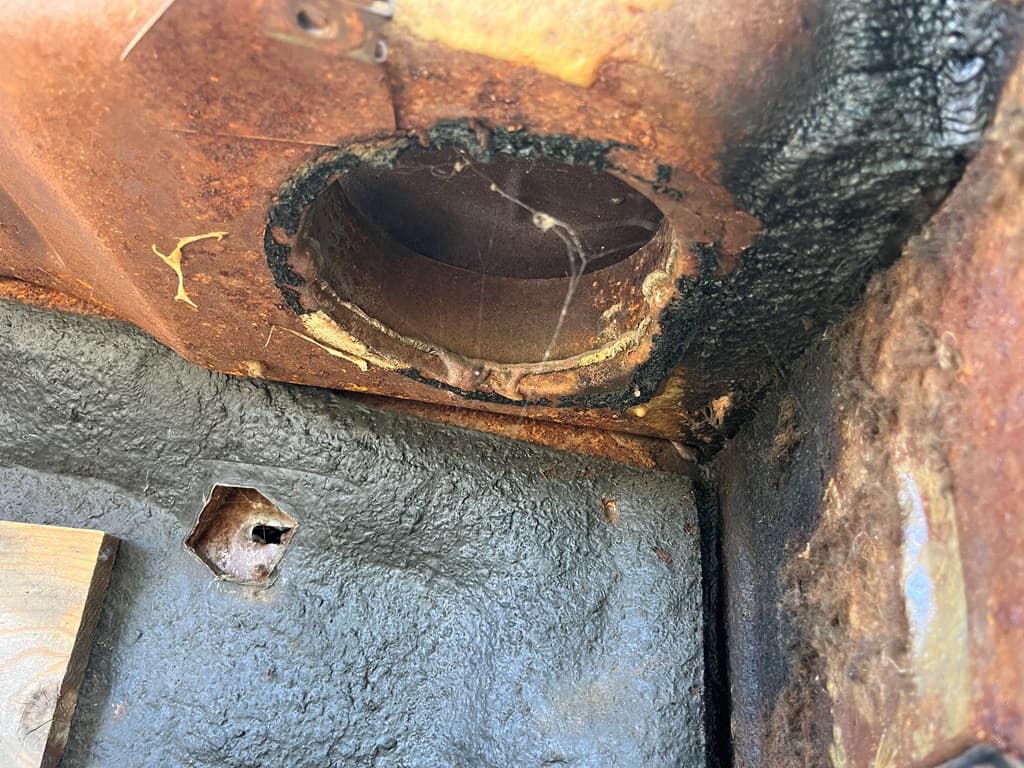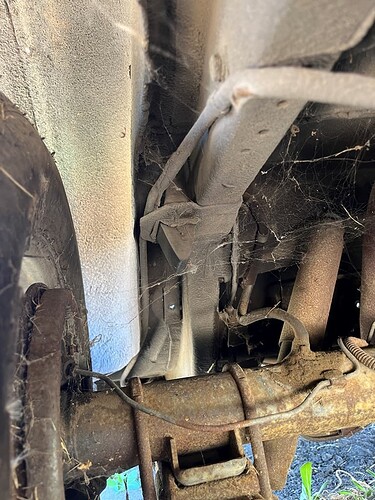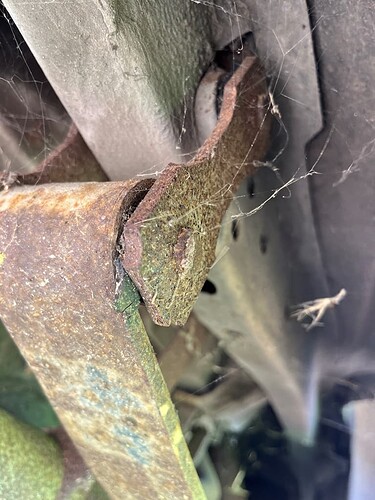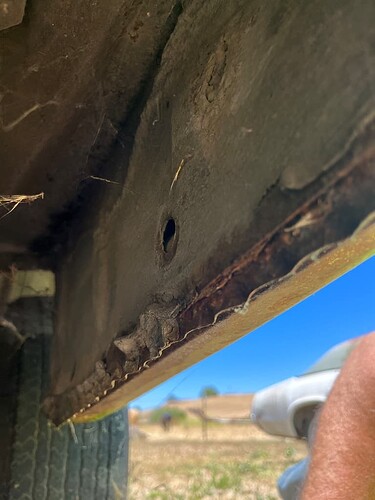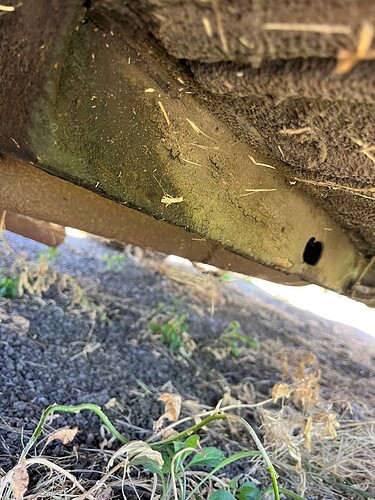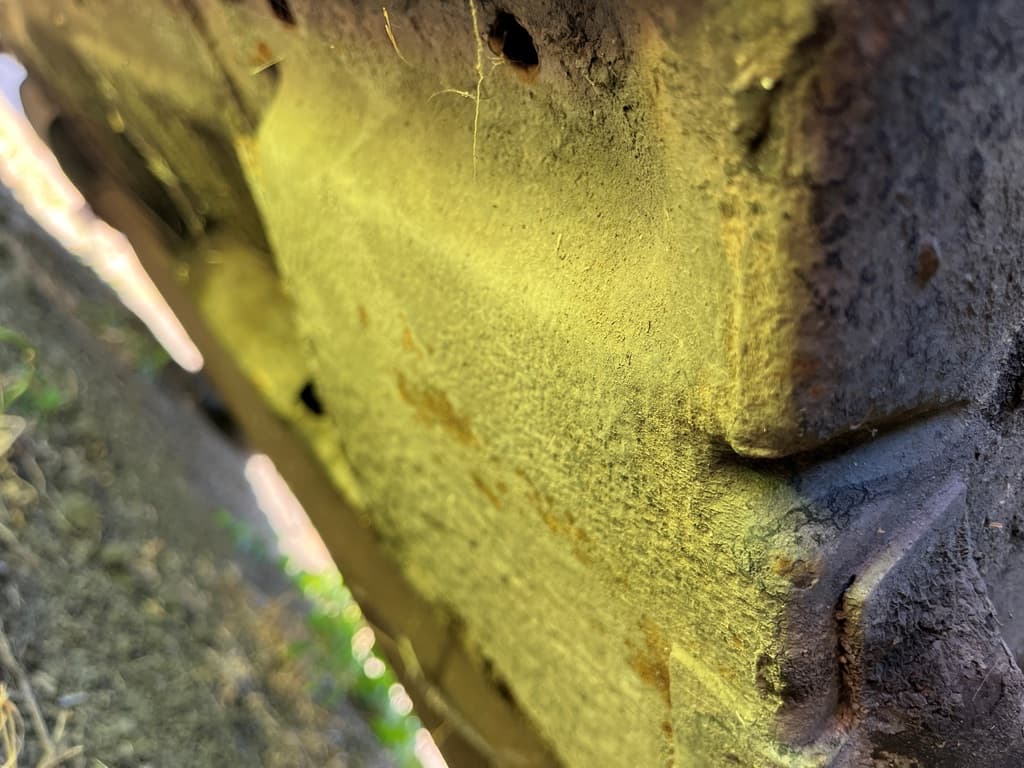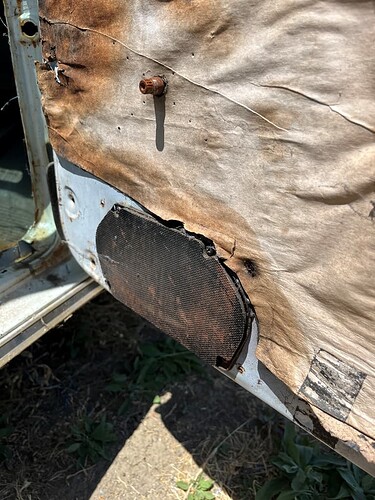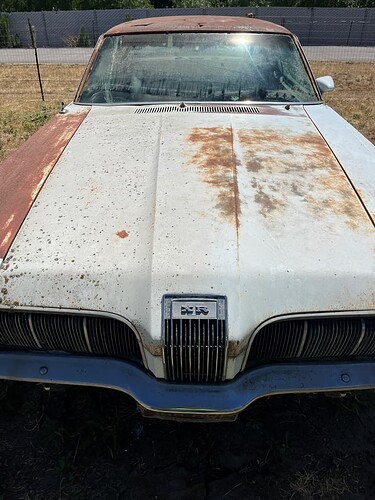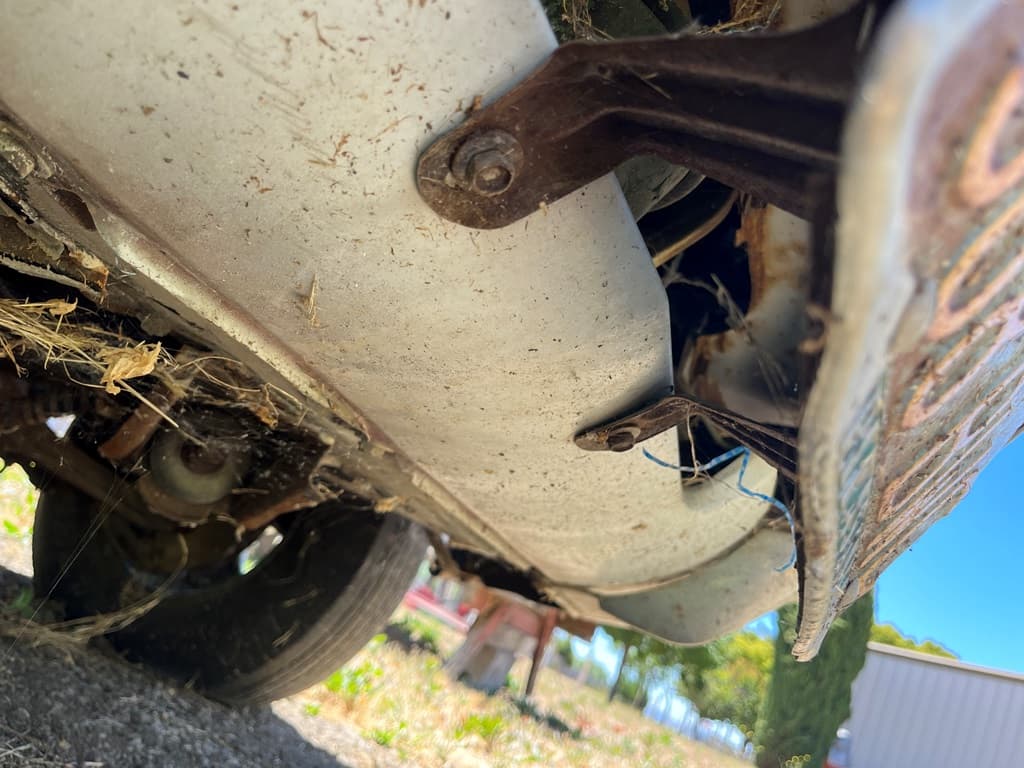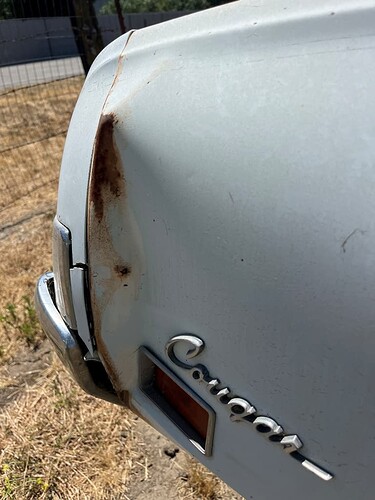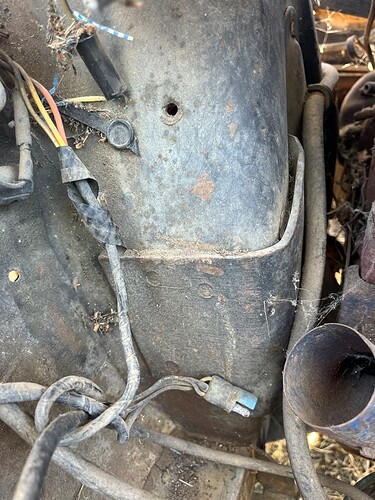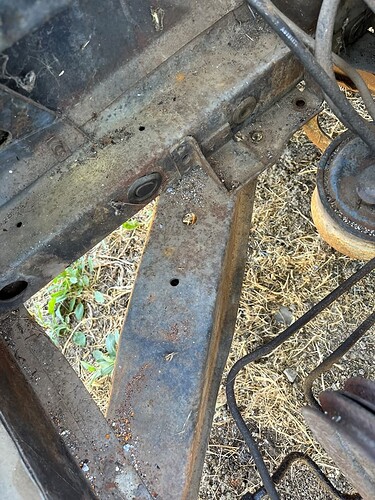Neglected Dearborn XR7 which was stripped of it’s blue interior, dash assy, seats, tilt column, and engine.
$1K OBO. Shipping from North Central Coast CA. (35 miles south of San Jose.) I really do not want to part this car out with such a good chassis! Have always regretted cutting up solid sunroof cars in the past for lack of a buyer! Don’t let me cut this one up!!! ![]()
The balance is mostly still there. Signed CA title from prior owner (pre-strip). Not sure of fees due to register in CA at this time. This would be a great car for a rusty car rebuild. Roof however, is really bad, but they can be replaced! Unknown mileage, last registered in perhaps 2016. A-arms appear to have been replaced and then driven some more. I’d guess about 100K on the chassis. Doors don’t drop when you open them…
Car was likely built in second week of Dearborn production. VIN# is under 1000!!!
Originally a well appointed (optioned) XR7. Tilt steering, power seat back releases, AC, tinted windows, Stereo, Outside Protection Group (door edge & front bumper guards, wheel well mouldings.) 351W- 2V, P/S, Power Disc Brakes, 9" rear end (2.75 or 3.00??).
Very solid car as long as you don’t look up at the roof from the inside while it’s daylight…if you do at night you will see stars… Roof is toast. That’s what vinyl tops do…rot roofs. Conversely, the chassis is extremely sound as are the floor pans and fender drops! . Doors both have some issues at front and rear outside skin! Never seen this before! Bottoms of doors are good, as are floor pans, torque boxes, and rear trunk panels…all the normal rusty parts are very good!
What is rusty?: Very lowest corners of rear window as well as all of the flat section of the roof…
The rear decklid along the trim on the underside is showing some rust. Same for hood lip R & L. Not totally wasted, but not pristine. Salvageable. Surface rust on RH fender where paint appears to have been stripped at one time.
Good XR7 hood grill, no cracks but has pitting in vanes. One of the door edge guards is MIA. All four fenderwell moldings are present in good condition. Windshield is cracked, balance of glass is good. Manual windows. One doink in RH rear fender. Extension is cracked. Gas door is MIA. One stereo speaker present in door, one MIA. Small doink in LH sport mirror top.
Has EVAP emission system components in fuel tank and charcoal canister is still mounted to the front a-arm support.
Either the front right fender was replaced, or it was stripped down and repainted long ago. Inner fender panels and shock tower reinforcement areas are rust free as well.
I will try and post as many pictures as allowed. I have about 80 pics and can send you areas that you want to focus on if you request it… Presently it is a roller, not running.
Here are some shots of the car as it sits ready for your haul!
Heater cowl transition.
RH Floor support:
RH Torque box area
RH Door
Front Valance
RH Quarter doink and extension crack,
RH Shock tower reinforcement area. LH looks similar.
RH strut support area. LH looks similar.
Contact me for more as needed.
Steve
